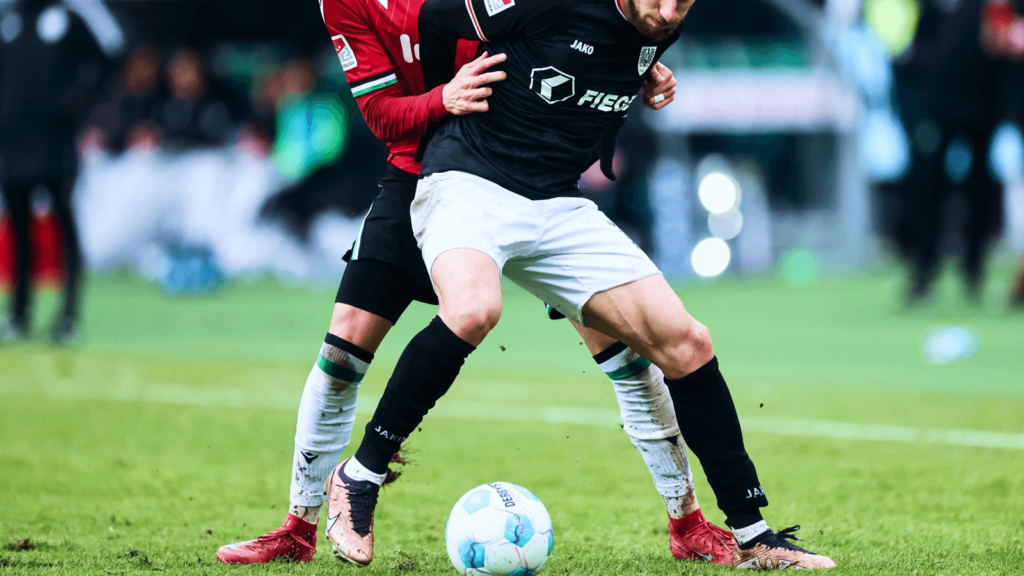In soccer, goal-scorers and creative playmakers normally take all the attention. But, the defense is also equally important. A team can have flair and quality up top, but without a good anchor in midfield, the momentum of the game turns against them very fast. The defensive midfielder plays the role of glue between defense and attack, providing security for defenders and cover for attackers. This unsung hero dictates the pace, frustrates opposition play and maintains the team setup. Let’s find out how the defensive midfielder protects the defense, makes interceptions and moves play on. We would also look at what crucial qualities make an excellent DM.
Shielding the Defense
One of the main tasks of a defensive midfielder is to protect the defense. Positioned just in front of the defensive line, the defensive midfielder acts as a shield to prevent central defenders from single-handedly being attacked. If the opposing team goes through the center, it is up to the defensive midfielder to step in and stop the ball from entering dangerous areas.
To ensure this shielding, he must have maximum awareness of space and positioning. A good defensive midfielder keeps a constant eye on opposing attacking players either to put themselves in between the attackers and passing lanes or slow their attacks. They enter into tackles and duels to break play early, well before it gets down to the defensive line. In other words, after the forwards and attacking midfielders, they are actually the first line of defense for the team.
A good example is that of Sergio Busquets at his time at FC Barcelona, whose anticipation of a play or his arrival in a certain area would often prevent the team from being exposed. He rarely ran after the opposition or dived into a last-ditch tackle because most of the work was done in his head and through his positioning.
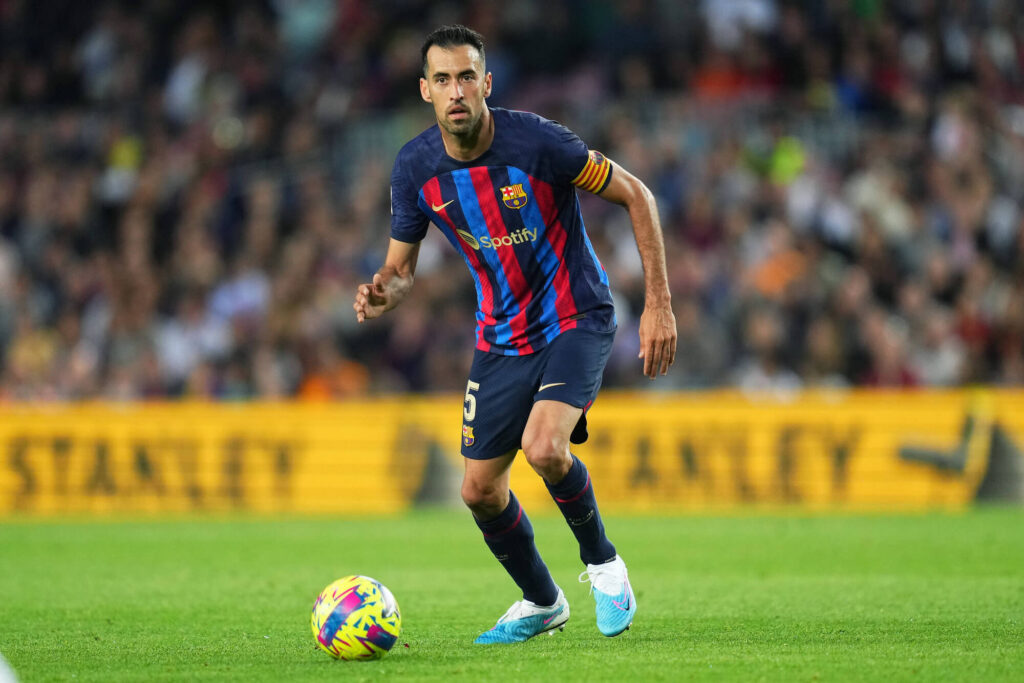
Intercepting Passes
Another major responsibility of the defensive midfielder is intercepting passes. While defenders concentrate on blocking strikers and sweeping danger, defensive midfielders roam the central area, observing the ball and opponents’ movement. Their aim is intercepting passes before becoming threats.
Interceptions are not all about pace or power in the tackle; they’re about game reading. A quality defensive midfielder reads where the ball is heading and aligns accordingly. This takes focus, alertness, and quick decision-making.
Players such as N’Golo Kanté have made their careers out of this trait. His passes interception and danger sensing ability in the middle of the field frequently stopped the attacks of the other team and provided his side the opportunity to win the ball back immediately. Even interceptions can result in counterattacks, creating an advantage for the team.
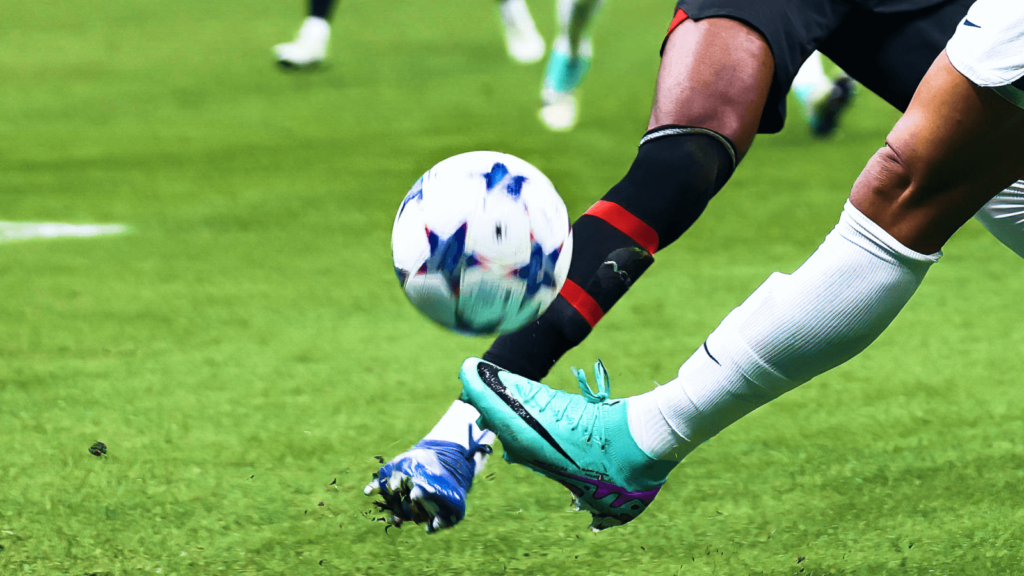
Transitioning from Defense to Offense
Today’s football appreciates players who are capable of doing more than a single task. The defensive midfielder is not an exception. In addition to defending, they are also tasked with taking the play forward from defense to offense. After winning back the ball, the second order of business is to play it effectively to attacking players.
This role requires good passing ability and vision, as the defensive midfielder knows when to distribute with a short, safe ball or go long to open up space. How fast and accurately they can distribute the ball can control the pace of the game.
A prime example is Manchester City’s Rodri. Not only does he defend but also makes clever passes that initiate attacks. Switching the play to the wings or playing one-on-ones through the lines, his passing is crucial in maintaining his team in possession.
Key Attributes of a Great Defensive Midfielder
So, what makes a defensive midfielder truly great? Let’s look at the key attributes that define the best in this role:

1. Tactical Awareness
A high-level defensive midfielder requires tactical intelligence. They should know their role in various formations and adapt based on the nature of the game. If the team is pressing high, sitting deep, or playing possession football, the defensive midfielder needs to adapt and bring balance.
This is the awareness that also means knowing when to hold back and when to probe forward. Too probe, and they create space behind. Too hold back, and they welcome pressure. It’s a balance that’s only achievable by tactically aware players.
2. Positioning
Position is everything for a defensive midfielder. They need to be in the right position to cover defenders or shut down opposition players. If they’re well-positioned, they can intercept passes, intercept balls, and disrupt attacks without necessarily being involved in a tackle.
This quality is hand-in-hand with reading the game. It’s all about being proactive, rather than reactive. Players such as Casemiro are renowned for their fantastic positional sense, all but bringing attacks to an end simply by being in the correct position at the correct time.
3. Passing Ability
In the modern game, being a good tackler is no longer sufficient. A defensive midfielder needs to be a good passer as well. Their role is to maintain possession, create attacking opportunities, and assist the team in progressing up the field. This encompasses short under-pressure passes, long diagonal balls to wingers, as well as through passes to attacking midfielders.
Accuracy, calmness, and the capacity to act fast are essential. Defensive midfielders who are not skilled at passing tend to become a weakness in build-up play, stifling the team’s pace or inviting turnovers in exposed positions.
4. Endurance and Work Rate
Shuttling long distances across the pitch is a typical requirement for defensive midfielders. They need to cover the defense, press the opposition, and sometimes move forward to support the attack. This continuous movement demands high work ethic and stamina.
Stars such as Declan Rice are a great example of this trait. His work rate makes him available for both defense and offense without tiring late in games. A relentless defensive midfielder brings the team tight and together.
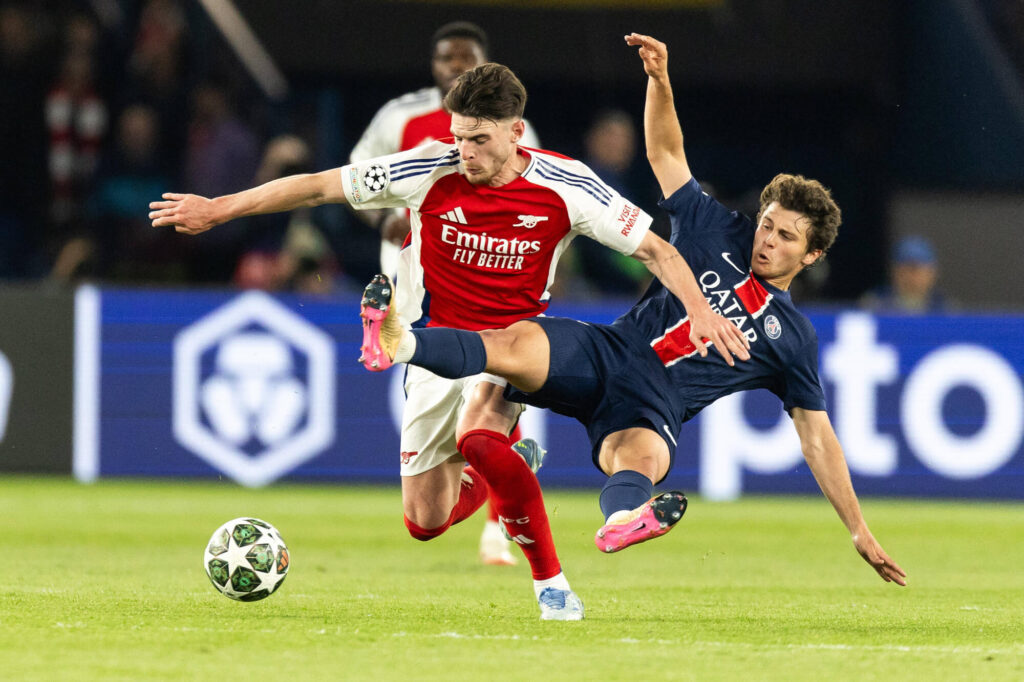
5. Leadership and Communication
While not always team captains, defensive midfielders tend to be on-field commanders. They have the entire game in front of them and are able to instruct teammates, yell at them, and alert defenders to potential threats. Their ability to communicate keeps the team together, particularly on transitions.
Players such as Jordan Henderson or Fernandinho have demonstrated the way leadership from the midfield can bring stability and guidance through hard games.
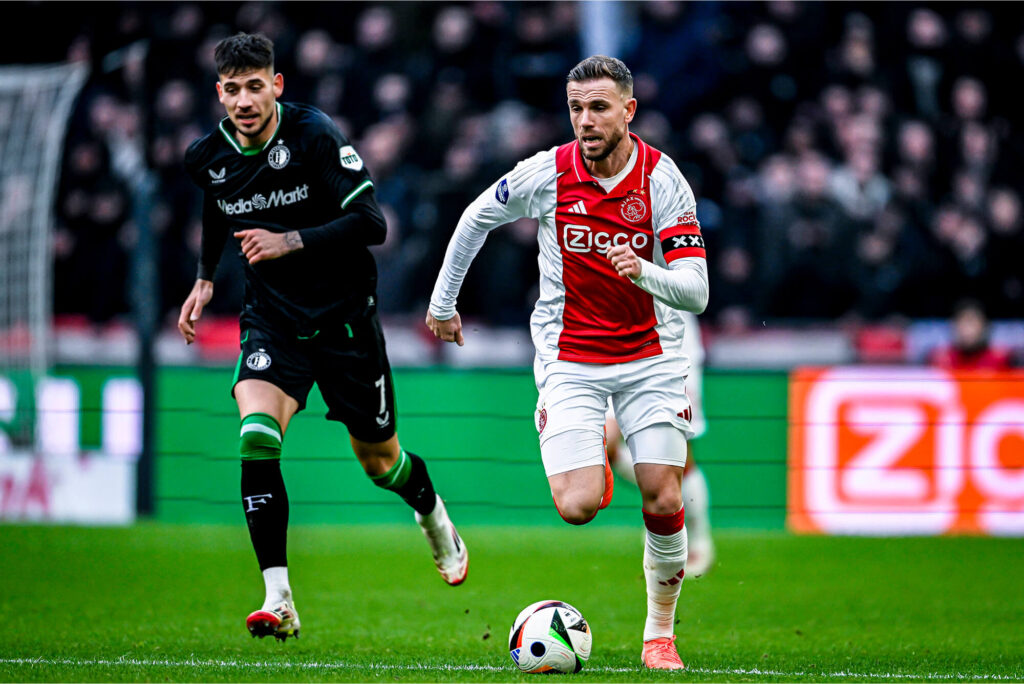
A Vital Role in Modern Football
The defensive midfielder’s role has changed dramatically in contemporary football. They’re no longer a mere play destroyer. Today’s defensive midfielder is a balanced player who is required to protect the defense, win the ball from passes and switch play with intelligence and expertise. Their contribution is frequently unobtrusive but crucial. It allows creative players to flourish and defenders to remain safe.
With qualities such as positioning, tactical awareness, and passing skill, the defensive midfielder is literally the team’s anchor. Without them, the team’s framework will disintegrate. But with a good one, the rest of the team gets a better base to work from, both defensively and on offense.
As football evolves further, the role of the defensive midfielder is only going to develop. They do not always get the headlines, but they remain the unsung hero behind the scenes.
